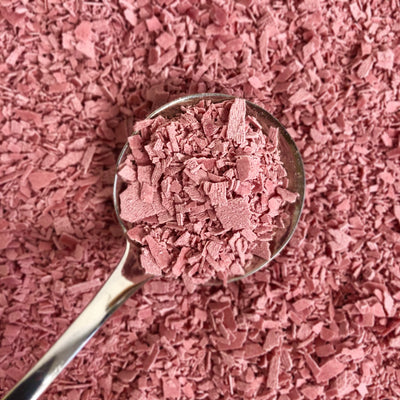Top 8 Tea Trends for 2022
1. Tea Re-imagined
There has long been an upsurge in the demand for quality teas, this also includes herbal, green and more orthodox black teas particularly Darjeeling, Assam and Nilgiris, which are largely driven by people’s desire to consume healthier drinks.
The overall demand for functional food and drinks that contain enhanced health benefits is on the steady increase, especially as consumers experiment more with natural ingredients, such as ginseng and turmeric to boost the health benefits of their teas – think matcha and kombucha.
2. Adaptogens & Tea
Many consumers are now choosing to add complex blends of herbs to their tea, specifically ginger, ginseng and turmeric and as well as the age-old favourite chamomile as they seek to improve their mental clarity, motivation, memory, and mood.
Whilst we all know that eating plants is good for our health, it seems that there are a few that have additional benefits, and these are specifically known as adaptogens and some of those mentioned above slot into this category.

(Image by @kellyrae_photag on Unsplash: https://unsplash.com/photos/YskopWE0zEk)
3. Increased Tea Menu Options
There’s no doubt that consumers are voting with their feet and are demanding higher quality teas I the cafes, bars, and restaurants they frequent.
Tea aficionados are no longer satisfied with one or two standard tea choices, an extensive menu is a must have to satisfy this crowd. As a rule, they want to enjoy the experience of brewing and loose leaf provides this allowing for more expensive and more unique tea blends to be served.
4. Tea Cocktails and Mocktails
Tea based drinks are fast becoming a staple of trendy bars worldwide, especially with less and less people drinking alcohol during a night out. Quite simple tea blends offer a greater variety of options when it comes to construction non-alcoholic drinks, and for that matter tea makes an excellent base ingredient or addition to many of our favourite cocktail formats.

(Image by @brettwharton on Unsplash: https://unsplash.com/photos/GN6pcnXQ_e0)
5. Bubble Tea
This usually multi-coloured drink is usually served in a transparent cup, consumed with a big straw. The recipe originates in Taiwan, where a blend of hot or cold tea is used as a base, with a choice of fresh fruit, fruit juice and a milk of your choice then added, before the final addition of the ‘bubbles’, basically soft tapioca pearls which sit at the bottom of the drink then adding the signature “bubbles” – soft and chewy tapioca pearls that sit at the bottom. Tapioca is a starch extracted from the cassava root that is gluten-free and quite bland in flavour, but great in texture.
6. Ready-to-drink Teas
Ready-to-drink teas are gaining an ever-increasing share of the ready-to-drink market, especially as healthy alternatives to canned and bottled sodas. Currently black and green teas are the most popular, but unique proprietary blends are also starting to make an appearance and will come to the forefront.
7. Tea Subscriptions
In light of the pandemic people are shopping online more and more and alongside that consumers are increasingly concerned with the origin and quality of the food and drink they consume, and tea is no different in that regard. Highlighting the provenance and ethical sourcing of tea, how the base ingredients are grown and harvested, and if the craftsmanship behind the product is being taken into consideration and a fair price is being paid to sustain the growers. These are all becoming increasingly important to the average tea drinker and tea producers who address these concerns will increasingly find favour with the shopper.
8. Plant-Based Milks Cross Over From Coffee
Plant-based milks are becoming ever more popular as a replacement for milk in tea. Many people feel that plant-based milks bring more flavour to their tea especially oat, soy, almond, and coconut, as well as other plant-based milk flavours, watch this space as demand for these milks continues to grow.





